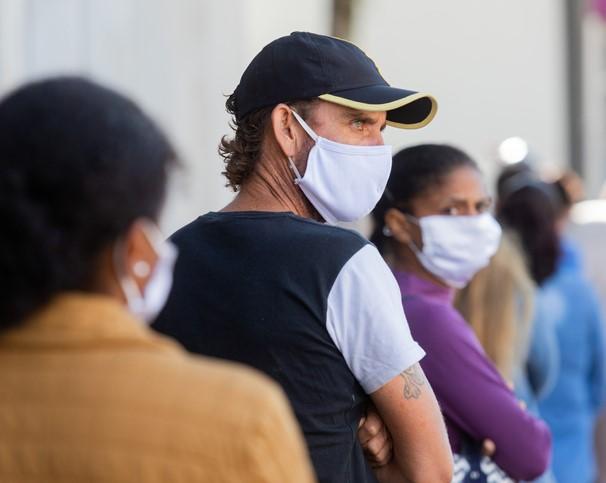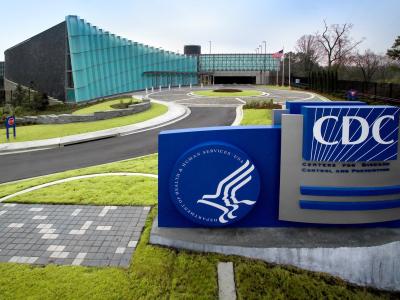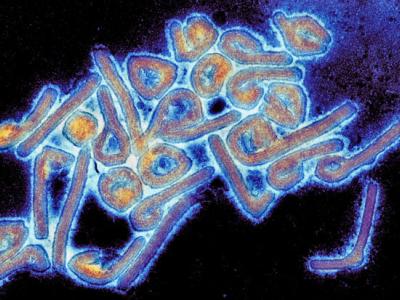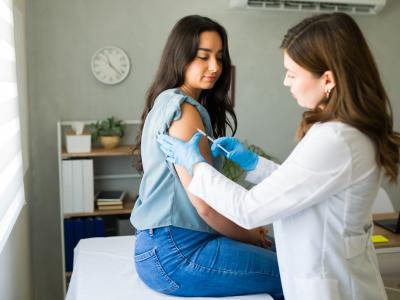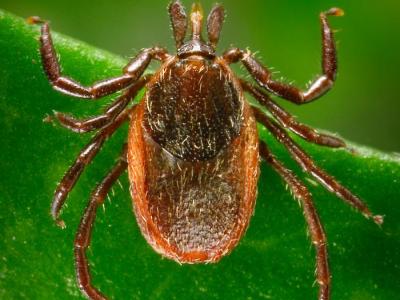As the world neared the 19 million COVID-19 cases milestone, stubbornly brisk activity continued in many active transmission countries such as India, Brazil, and the United States, as the opportunistic virus showed new gains in European countries that had previously brought down their levels.
In other developments, European health officials suspect COVID-19 measures may have led to a decline in measles. The global COVID-19 total today grew to 18,908,111 new cases, and 710,318 people have died from their infections, according to the Johns Hopkins online dashboard.
Steady surges in high-transmission countries
The United States, Brazil, and India—the three countries with the most cases—are each reporting roughly 50,000 cases per day over the past few days.
In India, eight COVID-19 patients who were being treated in an intensive care unit in a hospital in Ahmedabad in Gujarat state were killed in a blaze after a healthcare worker's personal protective equipment (PPE) caught fire, Reuters reported. An investigation has been launched into the fire.
Elsewhere in India, seasonal monsoon downpours in Mumbai flooded the corridors of a hospital.
In Brazil, an indigenous chief of Upper Xingu people in the central part of the country has died from COVID-19, according to Reuters. A doctor who serves the tribe first drove the chief to a small Mato Grosso town, but his lung condition deteriorated, and he was rushed to a hospital that was 9 hours away.
So far, about 22,000 cases and 631 deaths have been reported in Brazilian indigenous populations, a group flagged as being at high-risk of contracting COVID-19 and suffering from its complications.
In other Latin America developments, the Pan American Health Organization (PAHO) yesterday issued a warning about chlorine treatments for COVID-19, following the marketing of several products containing chlorine dioxide or its derivatives with false claims that they can cure COVID-19 and other related conditions.
Health ministries in at least nine countries and poison control networks have issued similar warnings about chlorine dioxide or sodium chlorite (household bleach). The chemicals could be toxic if ingested and cause a range of adverse effects.
Africa hot spots get more WHO support
Though South Africa is Africa's hardest hit country and is where a World Health Organization (WHO) surge team arrived yesterday, the group is also worried about rising cases in other countries, especially Kenya.
Kenya's outbreak is escalating rapidly, with cases doubling every 2 weeks, the WHO African regional office said today in its latest weekly health emergencies and outbreaks report. High attacks in Nairobi and Mombasa County are especially concerning, now that the country has reopened. The WHO also said it is worried about high numbers of healthcare worker infections in private hospitals and limited availability of PPE in parts of Kenya.
Africa will soon pass the 1 million case mark, with South Africa making up about half of the cases. The WHO's African regional office said today that 10 countries make up 89% of the continent's new cases over the past 2 weeks, and that cases have increased 20% over the same time period in 16 countries.
The WHO said it is increasing assistance to 11 surge countries that have asked for help, and it is scaling up response efforts. Matshidiso Moeti, MBBS, the African regional office director, said in a statement, "Lack of testing is leading to some under-reporting of COVID-19 cases and preventing us from understanding the full picture of the COVID-19 pandemic in Africa." She added that testing needs to be decentralized from country capitals as the virus moves to more rural and remote areas.
COVID-19 steps tied to measles decline in Europe?
COVID-19 distancing and hygiene measures have been suspected as a cause of a steep drop in global flu activity, and surveillance reports from Europe suggest the pandemic mitigation measures may be having an impact on measles levels, as well.
Writing in Eurosurveillance today, a group from the European Centre for Disease Prevention and Control (ECDC) said the number of measles cases has dropped from 710 to 54 between January and May. They added that epidemic intelligence screening also suggests a similar trend. However, they emphasized that underdiagnoses and underreporting should be ruled out before attributing reduced measles circulation to the pandemic measures.
They also noted that measles vaccination programs should remain a top priority and measles activity needs to be closely monitories as countries reopen.
In other European developments, cases in Germany today topped 1,000 for the first time since May, and worried about a fresh spike in cases, the government announced mandatory testing for travelers arriving from high-risk countries, Reuters reported.
Similarly, France yesterday—with 1,695 new cases—reported a 2-month high, and Spain reported a daily high since easing its lockdown in June, reporting 1,772 cases, the BBC reported.
Asian developments
In the Philippines, an ongoing surge of cases following the easing of restrictions led to a 3,561 daily jump in cases that put the country above Indonesia as East Asia's most affected country, Reuters reported. Manila is the Philippines' hot spot, and the country's president recently announced a new 2-week lockdown for the city, which is home to one-quarter of the country's population and generates two-thirds of its economic output.
Elsewhere, Vietnam—experiencing a flare-up of cases centered in Danang—is finishing work on a 1,000-bed field hospital in a sports complex. If not needed for treatment overflow, health officials will use it to isolate direct contacts of those who test positive for COVID-19. The country reported 34 new cases today, for a total of about 200 cases since late July, with cases reported from 11 locations.
